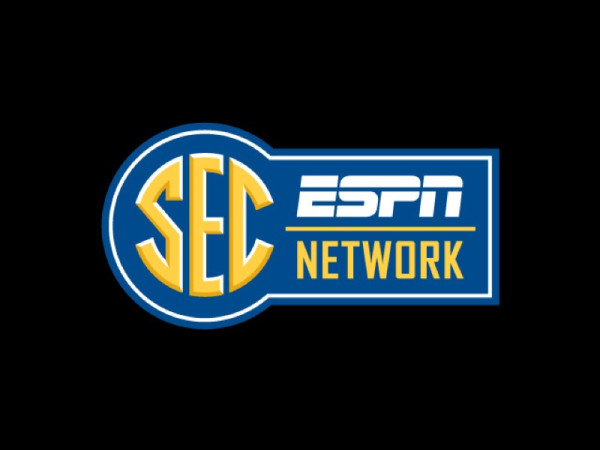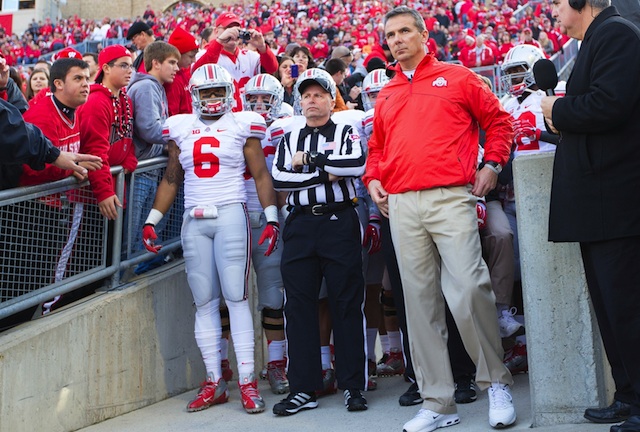It is now official: the SEC Network is coming next summer.
Formally announced last Thursday, the 24-hour network will go live on August 6, 2014 and be based out of ESPN’s Charlotte studio. Why Charlotte, and not someplace actually in SEC territory? Well, ESPN already has facilities in place there.
The SEC Network is a partnership between the SEC and ESPN that runs through 2034 and promises to air 1,000 sporting events a year, with 450 of those on television while the rest being offered through digital means. Those figures include 45 football games divided up into three conference games a week. CBS and ESPN still get to air conference games–CBS still gets first choice–but the SEC Network will be able to re-broadcast games aired on the other two networks.
No high school football games will be shown on the network, and there are currently no plans to air bowl games. The SEC Championship game for football will not be aired on the network, but other SEC conference tournaments will be shown.
AT&T Uverse has already agreed to carry the new network, and discussions are currently ongoing with other distributors. The SEC Network will also be available through mobile and other devices like smartphones, tablets, and the Xbox.
So what does this mean for the competition?
They should not be thrilled for one.
The SEC is already the most dominant conference in football, having won the past seven BCS titles and favored to win another this coming season. They did not need any more help, but they are getting it anyway. Figures have not been released, but it is widely assumed that this deal is going to drown the conference in cash. Texas A&M is planning on making its stadium the largest in the conference, and one has to assume that other schools will follow suit.
The Longhorn Network provides a cautionary tale, but the SEC Network is not going to make the same mistakes. The Big 10 and Pac-12 have successfully launched their own networks, so this will not be uncharted territory. For one, unlike the Longhorn Network, the SEC Network will provide content for 14 schools as opposed to just one. The region is sports-crazy and does not face much competition from professional sports like Texas does. Also, the SEC Network is not likely to face the same distribution problems that the LHN did–Texas AD DeLoss Dodds famously was not able to get the LHN in his own home.
The SEC is already at the forefront on the field, but this move ensures the conference’s strength for the future. Commissioner Mike Silve struck while the iron was hot and the SEC was as strong and attractive as it has ever been. Sports are cyclical, and the SEC’s title streak will eventually come to an end. However, the SEC Network, and the revenue it will bring in, will help minimize the downturns and keep the conference flourishing.






